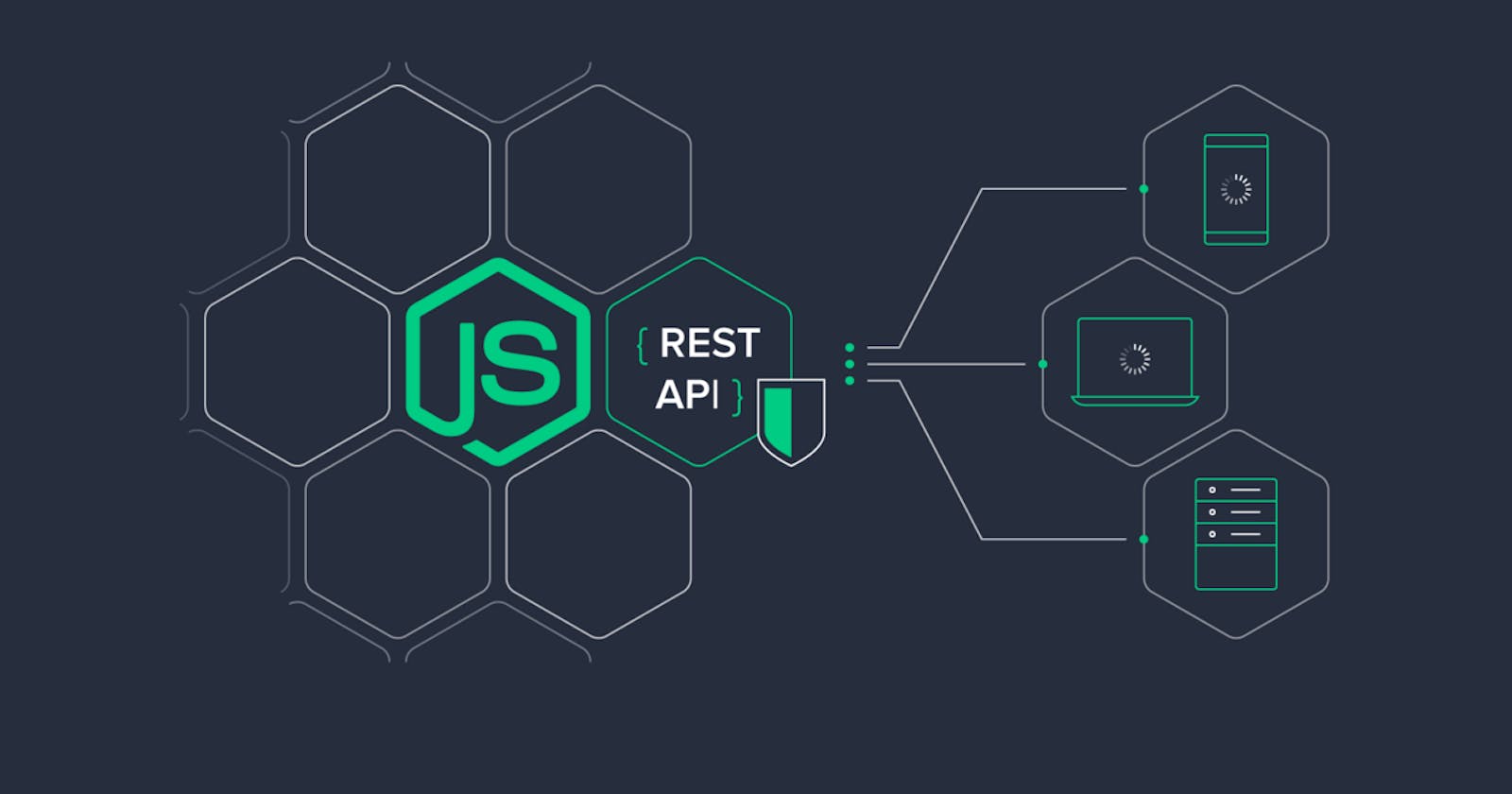Organizing Your Node.js REST API with Express: An Advanced Folder Structure
To create an advanced folder structure in Node.js with Express for a REST API, you can follow these steps:
Create a folder for your project and navigate to it in your terminal.
Initialize a new Node.js project by running
npm initand follow the prompts.Install Express by running
npm install express.Create an
index.jsfile in your project folder and require Express in it:
const express = require('express');
const app = express();
- Define your routes and endpoints. For example, you can create a
usersfolder with anindex.jsfile inside it to handle all user-related endpoints:
// users/index.js
const express = require('express');
const router = express.Router();
router.get('/', (req, res) => {
// get all users
});
router.post('/', (req, res) => {
// create a new user
});
router.get('/:id', (req, res) => {
// get a specific user by ID
});
router.put('/:id', (req, res) => {
// update a specific user by ID
});
router.delete('/:id', (req, res) => {
// delete a specific user by ID
});
module.exports = router;
- In your
index.jsfile, require theusersrouter and use it as middleware:
// index.js
const express = require('express');
const app = express();
const usersRouter = require('./users');
app.use('/users', usersRouter);
app.listen(3000, () => {
console.log('Server listening on port 3000');
});
This creates an advanced folder structure with separate files for each endpoint, organized by resource (in this case, users). The users/index.js file exports an Express router that can be used as middleware in the main index.js file.
You can repeat this pattern for other resources in your API, such as products, orders, or reviews.
